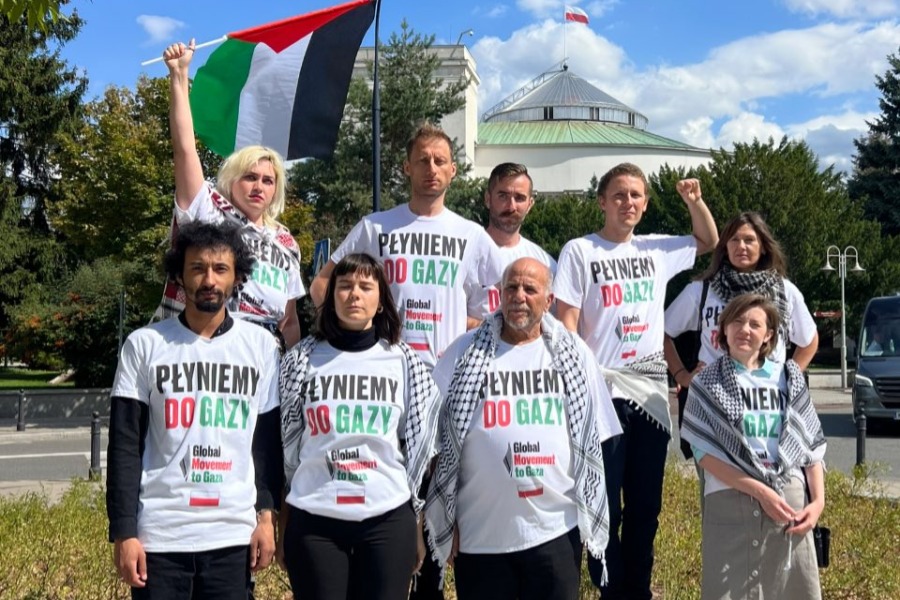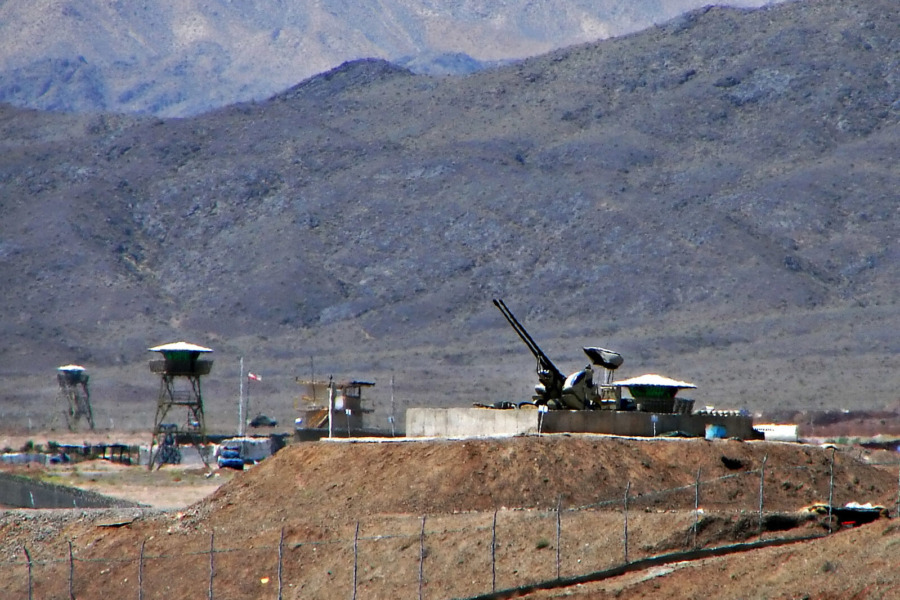Polish legislative dispute over renewable energy sources
Reducing the European Union’s dependence on fossil fuel imports is to be achieved through a 20% share of renewable energy sources (RES) by 2020 (the legal basis is the 2009 directive on the promotion of the use of energy from renewable sources, which was to be implemented by the Member States before 5th December 2010). When it came to forming the national legal framework, Member States enjoyed great freedom.
Polish lawmakers treated this decision margin literally, because up until now part of the RES directive concerning the electricity market has not been implemented. It was to occur through the Renewable Energy Act (REA), which was a part of a packet of three statutes reforming the energy market (the so-called “Big Three Pack”), but the REA’s draft from October 2012 has yet to be brought before Parliament. Currently, the Government is concentrating on parliamentary proposals for changes in the Energy Act (the so-called “Small Three Pack”), which mainly concern electricity and gas market regulations, meaning changes within RES are insignificant.
It all began before Fukushima
Despite the common (erroneous) opinion, the essence of energy transition in Germany is not the unplugging of nuclear reactors, but rather the withdrawal from all fossil fuels – including uranium – and the transition towards renewable power. The aim is both environmental protection and increased energy security. This is expected to happen through self-sufficiency of the system and developing modern technologies. A consensus beyond political divisions was achieved, resulting in an enormous social commitment – and it has its basis (and is reflected) in the law.
Energiewende is based on the Renewable Energy Act from 2000, which replaced the Act on Feeding Renewable Energies into the Grid from 1991. Key elements of the German REA are priority of plugging RES into the grid and the guarantee of a fixed price for the produced renewable energy. The solutions of the German RES were meant to be simple and involve consumers in investing in renewable energy production. In other words, Energiewende began twenty years before Fukushima. Agreements between the German Federal Government and the operators of nuclear reactors from 2000, 2010 and 2011 outlined more timeframes for the national energy mix, then introduced real changes.
Energiewende outcomes
Germany is on track to achieve 100% RES. The selection of RES technologies in every EU Member State should be based – in the first place – on regional geographical conditions. Support schemes should also take this into consideration. It is crucial that the support results in the increase of installed generating capacities. Surpluses of electricity from RES should not be stored – it is much more favorable to trade those electricity surpluses on the electricity market.
That’s why in Europe the coupling of national markets and grids is necessary. If RES development depends on geography, then development of the grid and interconnectors by free trade on the electricity market will assure low costs for further RES progress. It must be based on close cooperation between Member States, as one of the negative experiences so far of Energiewende has been a lack of consultation with neighboring countries. The next key task of the state is reinvestment into new generating capacities.
A positive signal for Energiewende in Poland is that recent rises in electricity prices were primarily the effect of substantial rises in fossil fuel prices. The electricity market in a country with great RES potential indicates that electricity generated from RES sources always pushes out electricity generated from fossil fuels. Significantly lower production costs are thanks to lower fuel costs.
Currently the so-called merit-order phenomenon occurs. Electricity prices are being formed through the cost of the most expensive fuel offered on the electricity market. But the more RES energy is available, the more electricity prices drop, because low cost RES feeds into the grid preferentially (compared to electricity from conventional sources), squeezing out more expensive electricity from fossil fuels. Along with further increases of the share of RES in the German power industry, this will result in lower and lower electricity prices.
Three changes!
There are three fundamental conclusions for Poland. Firstly, the ease of connecting to the grid: Supporting connecting new capacities from all kinds of RES into the grid will result in simplicity, certainty and speed in electricity generation. The more sources get connected to the grid in Poland, the faster we will see the squeezing out of fossil fuels from the electricity market, which will result lower electricity prices for end-users in Poland.
Secondly, support for the smallest installations: The success of Energiewende is based on mobilization of society towards local and individual electricity generation from RES. Apart from state energy policy and thorough information campaigning and that the state energy policy substantially relies on it, it is crucial to encourage potential investors with a system of transparent and foreseeable guaranteed fixed tariffs. Unfortunately, it’s unclear whether these will be included in the final text of the Renewable Energy Act.
Thirdly, change within the support scheme of “large” RES: The current system does not distinguish electricity generation technologies, because it is dependent solely on the amount of generated energy. Taking into account that more than half of support goes to amortized installations, at no point does it lead to a significant rise of installed capacities in RES. This is exactly the reason we must establish supporting schemes.






